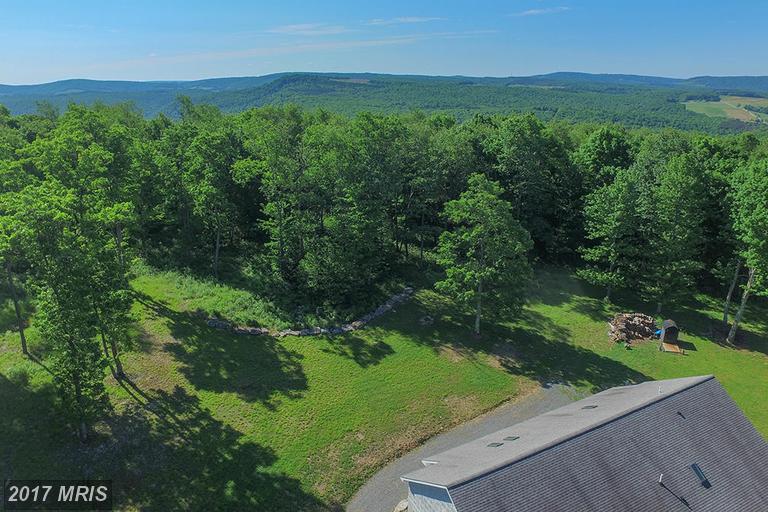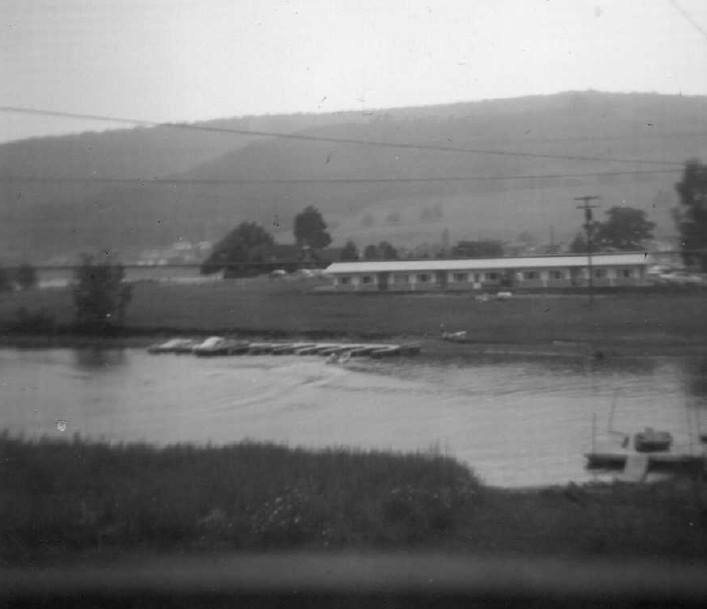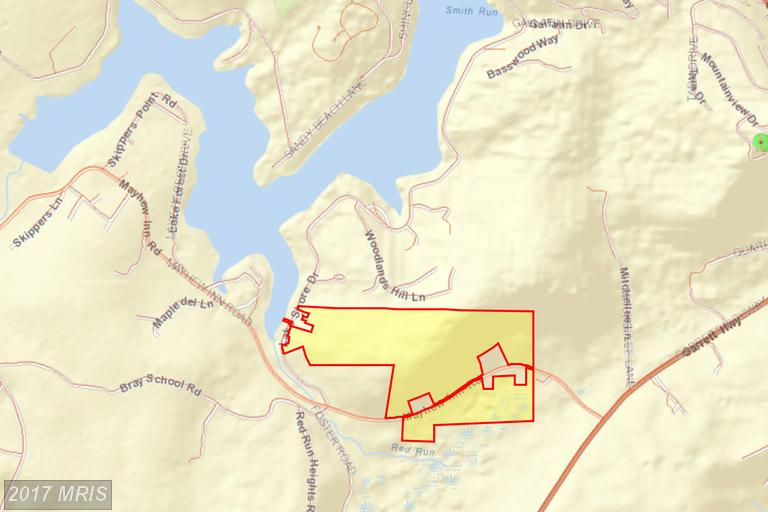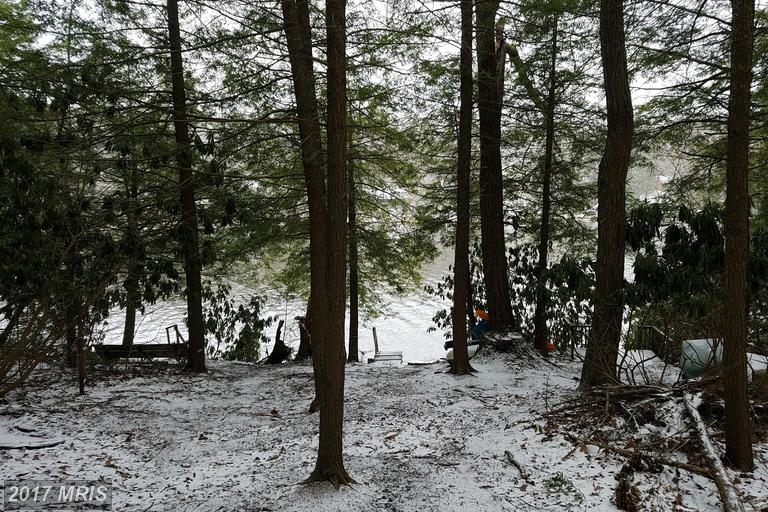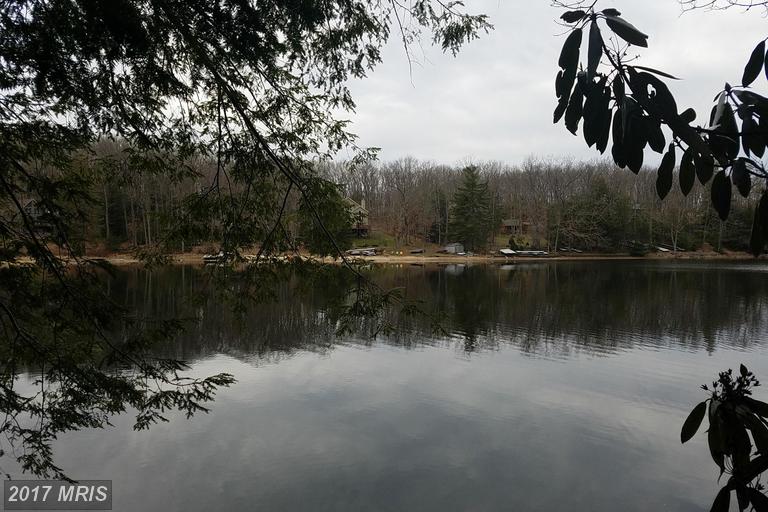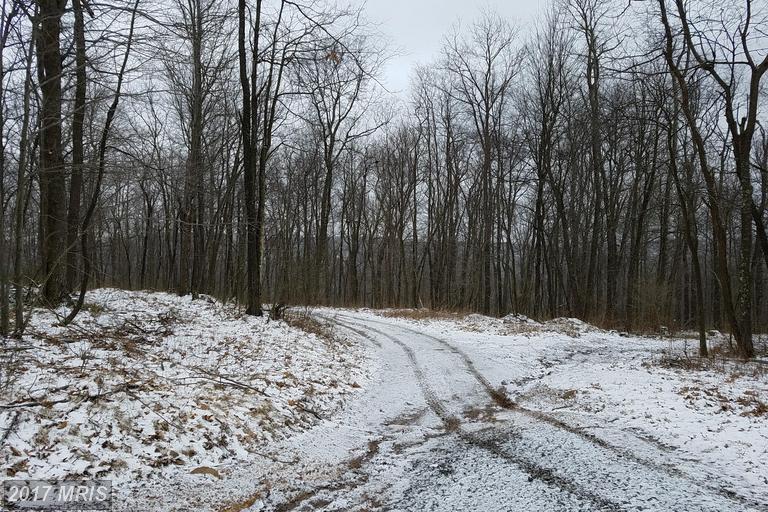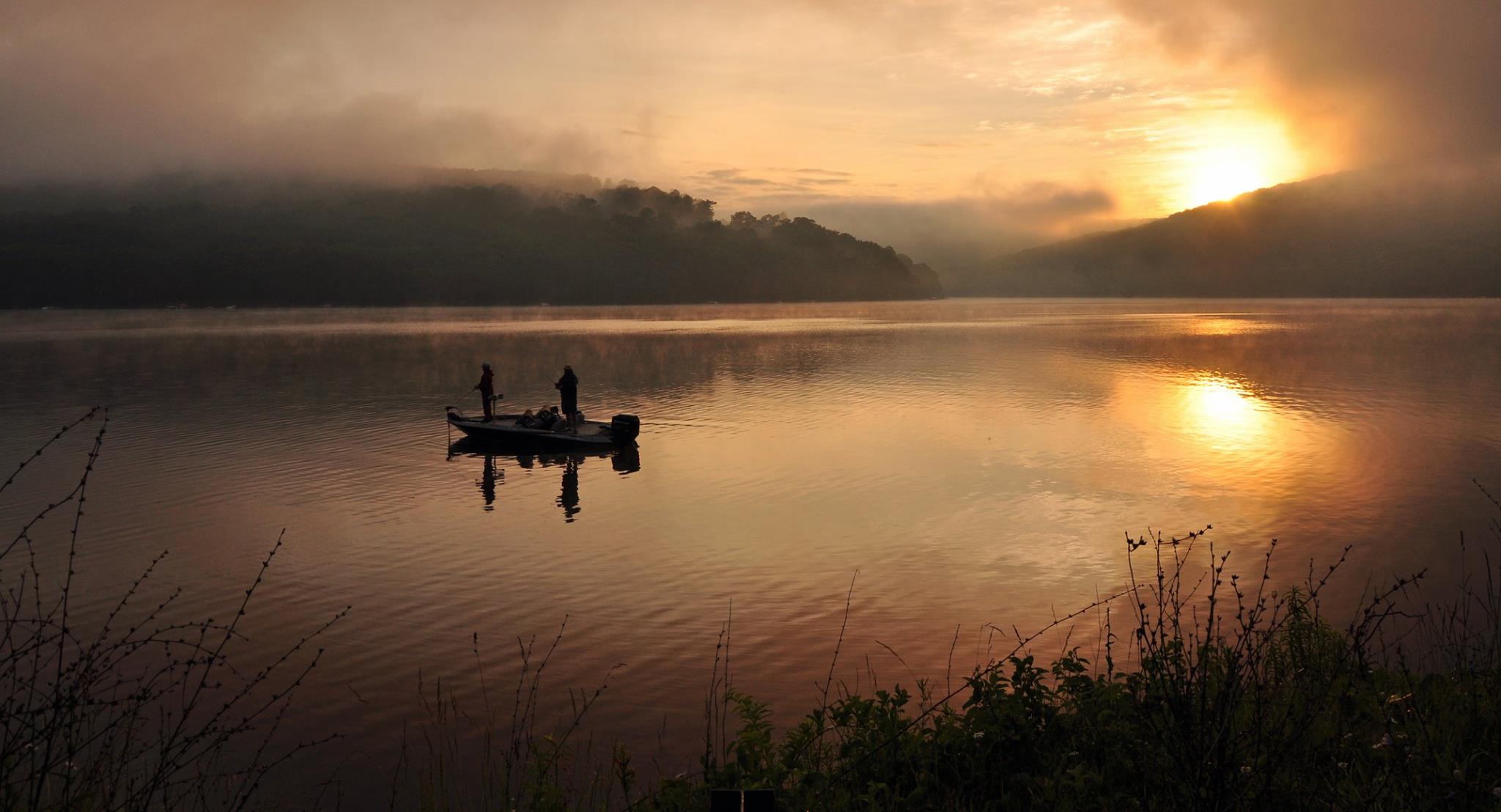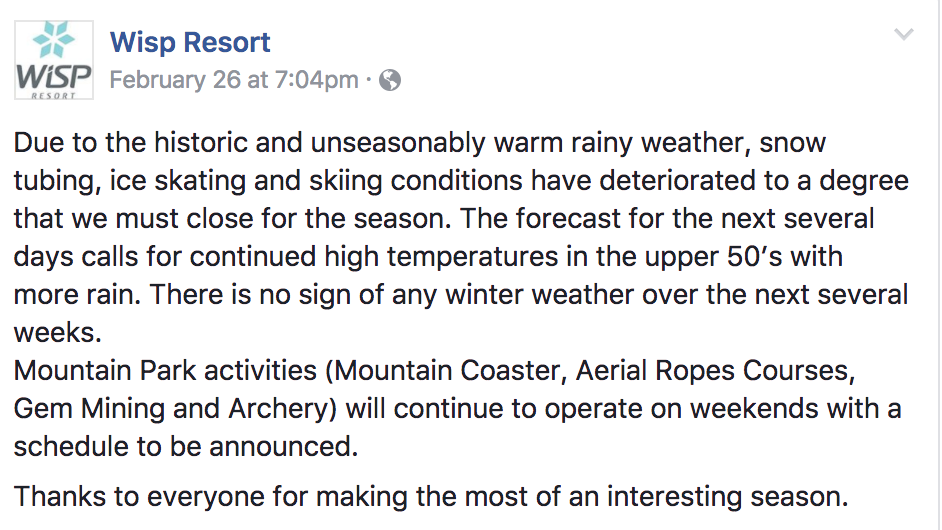Do anglers themselves visit the hatcheries?
Brown: They come in daily to see the fish. Some will point to a trout and ask, “Where are you stocking this one?”
How many eggs do you purchase?
Brown: About 600,000, nearly 99 percent of which hatch.
What does each fish cost?
Brown: It’s well below the commercial rate of $2.85. For us to raise the same trout costs around $2. It’s paid for by trout stamps (which fishermen must buy) and federal funding.
Will trout eat each other?
Brown: They can cannibalize smaller fish, so we try to keep them graded by size at the hatchery.
What other perils face trout in a hatchery?
Brown: Parasites. Bacterial gill disease. Last year, we lost 20,000 fish from an outbreak of ich (white spot disease).
How do you move the fish from tank truck to streams?
Brown: Mostly, we haul buckets of trout, by hand, to the water source. Once in a while a fish (escapes), but we pick it up and go on.
Do the fish wriggle off right away?
Brown: It depends. If it’s fast water, they’ll swim; in a pool, they may sit there awhile.
Are native species smarter than hatchery-raised trout?
Brown: People who work with native ones will tell you so. For the most part, hatchery-reared trout are aggressive fish that are used to human interaction because they are fed daily. But once in a stream, they adapt quickly and avoid you — golden trout, especially, are very elusive.
How large are the fish you release?
Brown: Most are 1-year-olds, averaging 10 to 12 inches and one-half pound. But 10 percent of each load are “holdovers,” or 2-year-old fish nearly double that size, which gives fishermen a variety. We’ll also throw in a few “trophy” fish, which are 3- or 4-year-olds averaging 5 to 8 pounds each.
Do you remember the trophy fish?
Brown: You get familiar with some of them from their different color patterns or body features, like fin erosion or missing scales.
Over four years, you must bond with some trophy fish. Ever name them?
Brown: I remember one we had years ago named Steve. He was a big one, but I’m sure he’s dead now.




